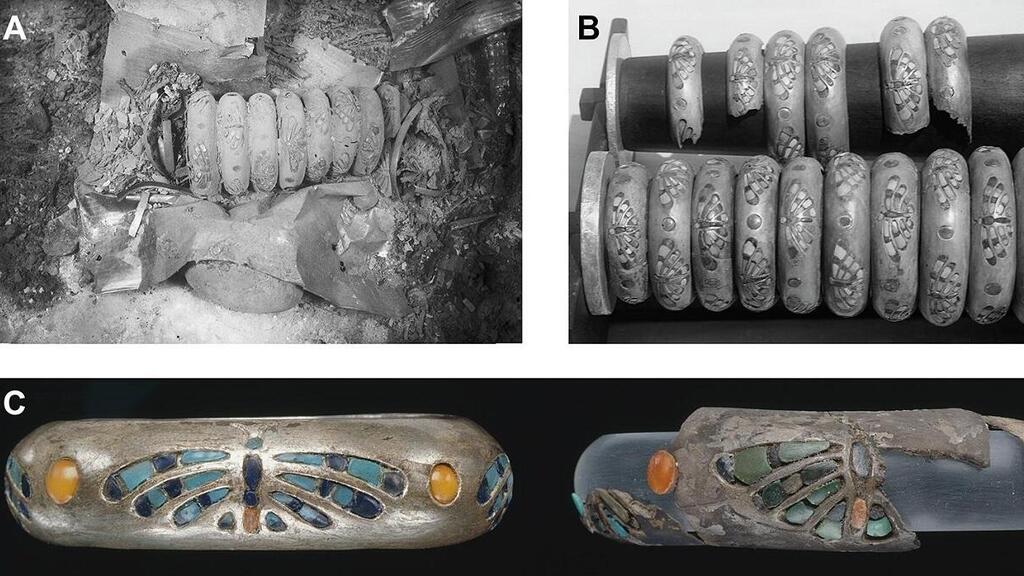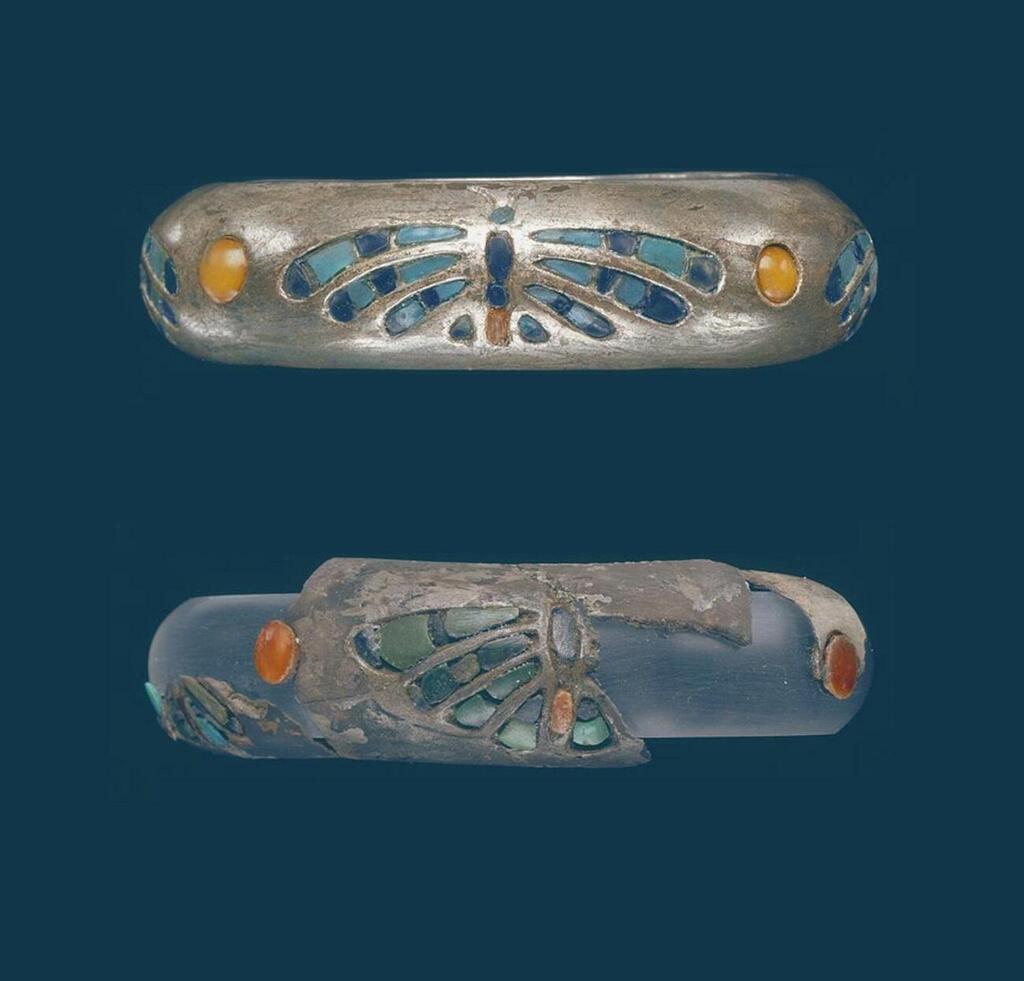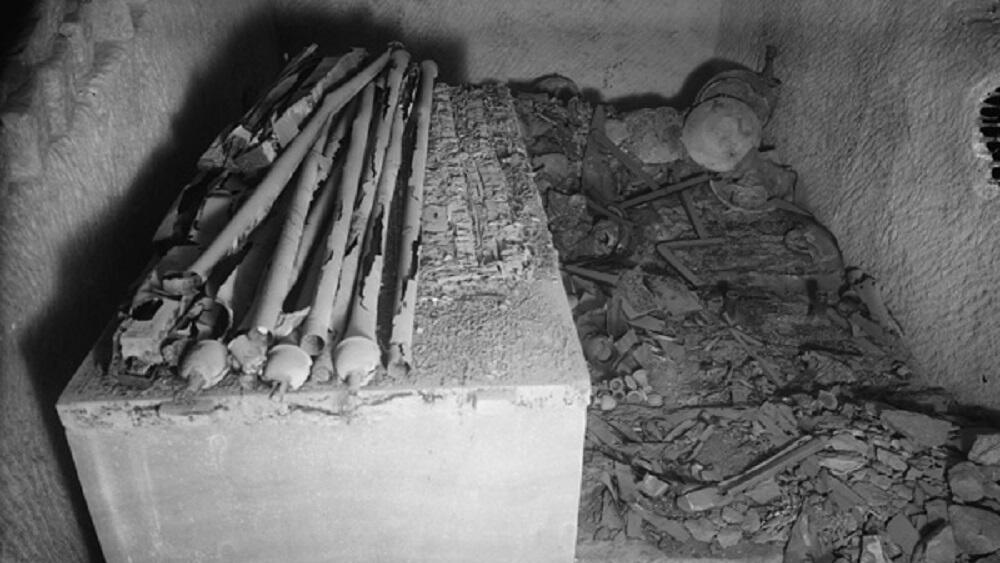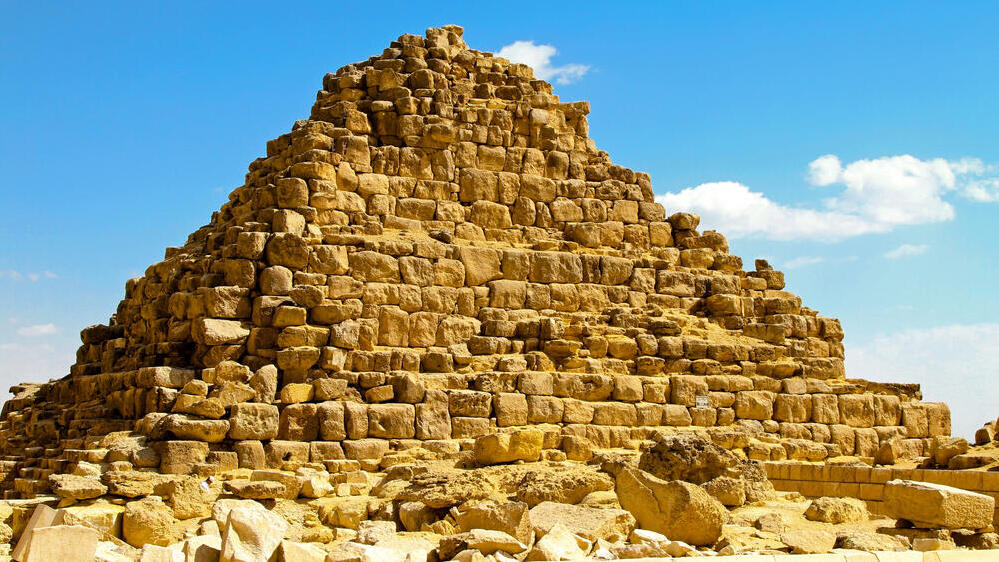Getting your Trinity Audio player ready...
Silver bracelets worn by the first Egyptian queen, Hetepheres I, who lived around 4,600 years ago, have revealed early trade connections between Egypt and Greece, much earlier than previously known. The queen's tomb was found to contain the largest and most renowned collection of ancient Egyptian silver artifacts.
Other stories:
Egypt does not have local sources of native silver, and silver is rarely documented in Egyptian archaeological records until the Middle Bronze Age. Bracelets found in the tomb of the first Egyptian queen, the wife of Pharaoh Sneferu and the mother of King Khufu, builder of the Great Pyramid of Giza (ruling ancient Egypt between 2589-2566 BCE), constitute the largest and most renowned collection of ancient Egyptian silver artifacts.
In a new study published in the Journal of Archaeological Science: Reports, researchers from Macquarie University in Australia and their colleagues analyzed several samples from the silver bracelets using advanced techniques to understand the metallurgy (the field of materials engineering that investigates the mechanical and chemical properties of metals and methods for metal production and processing) and identify their origin.
The research findings indicated that the silver was likely obtained from the Cycladic Islands (Serifos, Anafi, or Kea-Kythnos) – a group of islands in the Aegean Sea, southeast of the continental part of Greece, or possibly from Lavrion, a port city in the southeastern part of Attica, Greece.
Silver artifacts first appeared in Egypt during the early 4th millennium BCE, but their source remains a mystery. Ancient Egyptian texts do not mention any local sources, but an alternative perspective, derived from the presence of gold in silver artifacts, along with the high content of gold and electrum (the Greek name for a natural alloy of silver and gold known in English as "green gold," sometimes with traces of copper and other metals), suggests that the silver may have come from local sources in Egypt.
Another hypothesis is that silver was imported to Egypt, possibly through Byblos, a Phoenician port city on the Mediterranean coast, whose remnants are now located in the small town of Gebail, about 40 km north of Beirut, the capital of Lebanon, due to the discovery of numerous silver artifacts in tombs within its territory dating to the end of the 4th millennium BCE.
The tomb of Queen Hetepheres I was discovered in Giza in 1925 by the joint expedition of Harvard University and the Museum of Fine Arts, Boston. The queen, who held the title "Daughter of the Sun," was one of the most important queens of Egypt due to her marriage to King Sneferu, the founder of the Fourth Dynasty and one of the early builders of the great pyramids, as well as being the mother of King Khufu, a prominent builder in ancient Egypt.
Her tomb is considered one of the richest known from that period, with numerous treasures, including golden furniture, gold vessels and jewelry, including the mentioned silver bracelets made of a rare metal in Egypt. Next to them was a wooden box covered with gold foil, bearing the inscription in hieroglyphs: "Box containing rings of debens" (the standard weight unit in the ancient kingdom, with one deben equal to 91 grams). Twenty bracelets were found in the tomb excavations, divided into two sets of ten bracelets each, adorned with turquoise and red gemstones such as lapis lazuli and carnelian, resembling the shape of a butterfly.
"The source of the silver used to make the bracelets remains a mystery until now. The new finding demonstrates for the first time the potential geographical extent of trade networks that Egypt used during the ancient and early kingdom periods at the height of pyramid construction," said archaeologist Dr. Karin Sowada from Macquarie University, who, together with her colleagues, discovered that the bracelets worn by Queen Hetepheres I were made of silver with traces of other materials such as copper, gold and tin. Surprisingly, the isotopic ratios of the tin match those of the ores from the Cyclades Islands in Greece and, to a lesser extent, from the Greek port city of Lavrion, without any trace of electrum, unlike previous hypotheses. It is also possible that the silver arrived through the port of Byblos, providing the earliest evidence of long-distance trade between Egypt and Greece.
The analysis conducted by the researchers also revealed the working methods of silver bracelet production.
"Samples from the collection at the Museum of Fine Arts in Boston were analyzed, and scanning electron microscope images showed that the bracelets were created by cold-hammering on processed metal with deliberate annealing to prevent breakage," said Professor Damian B. Gore of Macquarie University.
According to Gore, it is reasonable to assume that the bracelets were composed of a silver alloy with other metals, with an emphasis on gold, in order to enhance their appearance and design capabilities during production.
"The rarity of these artifacts is threefold: surviving royal burial assemblages from this period are rare, only small quantities of silver have been documented archaeologically until the Middle Bronze Age (around 1900 BCE), and significant silver ore deposits are lacking in Egypt," summarized Swadah.





